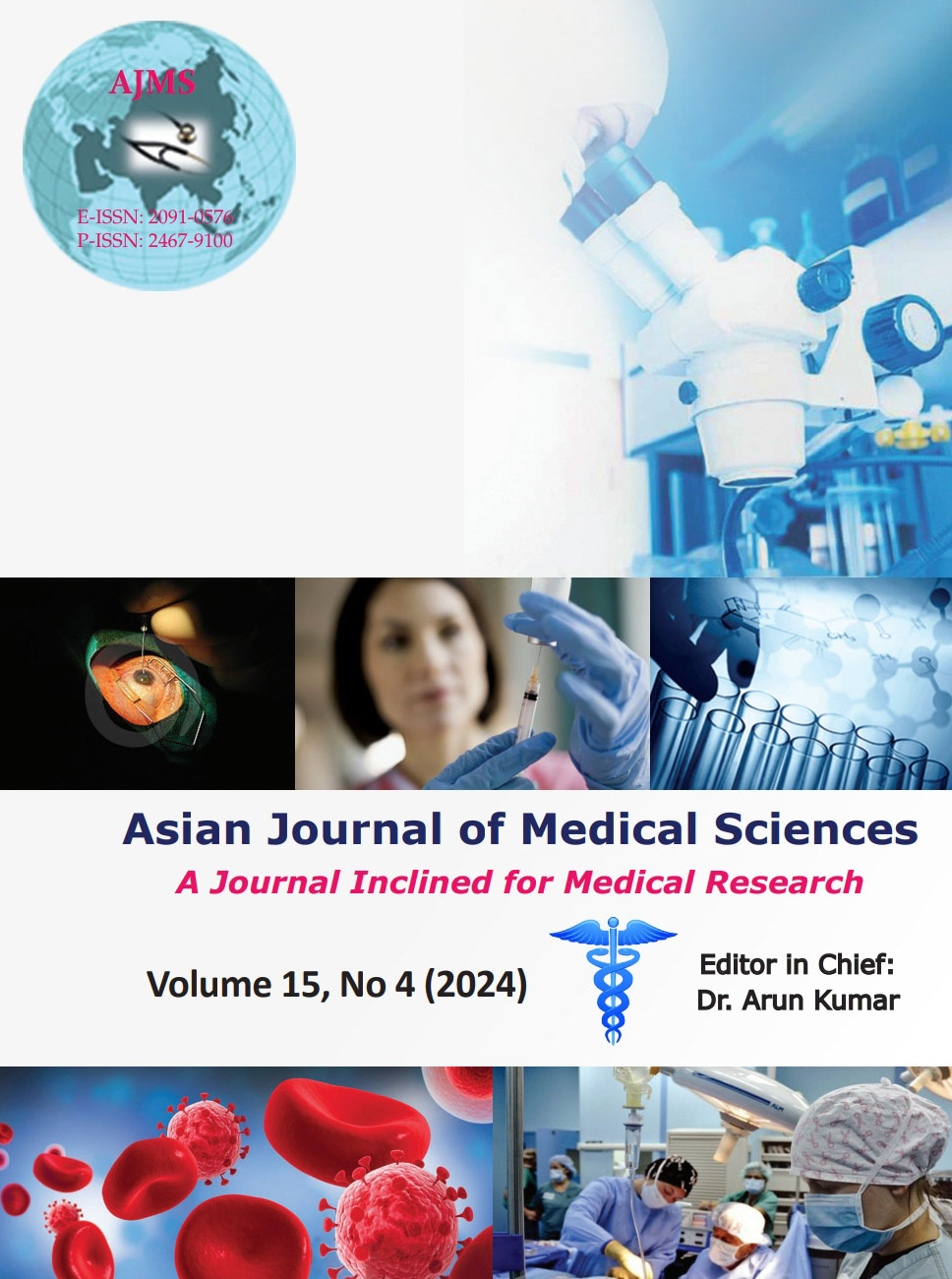Perioperative analgesic management in patients with bladder exstrophy: A clinical study
Keywords:
Analgesia; Bladder exstrophy; Caudal epidural catheter; Bupivacaine; FentanylAbstract
Background: Bladder exstrophy is a complex, rare congenital malformation with an incidence of 3.3 cases in every 100000 live births and is slightly more common in males. Primary surgical repair requires many hours of surgery with fluid and blood loss. Because of wide fluctuations in hemodynamics, a longer duration of surgery, smaller age, risk of hypothermia and post-operative intensive care may be required. We evaluated the use of continuous caudal epidural infusion of bupivacaine and fentanyl under general anesthesia for urinary bladder exstrophy-epispadias surgery in children.
Aims and Objectives: Aim of the study was to evaluate the postoperative analgesia in patients undergoing surgery for bladder exstrophy. The primary objective was to assess the postoperative pain using FLACC scale and sedation score after successful caudal administration. Secondary objective was to assess the hemodynamic changes after caudal administration.
Materials and Methods: A total of 13 patients aged between 9months and 13 years of either sex, weighing between 5kg to 30kg, belonging to ASA grade II to IV, underwent surgery for epispadias–exstrophy complex. Initial bolus 0.75ml/kg of 0.25% bupivacaine with fentanyl 1ug/kg was given through epidural. Postoperative analgesia was maintained by continuous infusion of 0.0625% bupivacaine @0.1ml/kg/hr in young children and 0.125% bupivacaine with fentanyl 1ug/ml in older children for 4-5 days with the help of ON-Q pump or infusion pump. Baseline hemodynamic parameters including MAP, heart rate and SpO2 was recorded at various time intervals. Postoperative pain was assessed using face, legs, activity, cry and consolability (FLACC) pain scale and sedation score was assessed by using ramsay sedation score.
Results: There was a statistically significant decrease in mean pulse rate in the study group from baseline to thirty minutes after reversal (p<0.001). Similar observation was made for mean arterial pressure which also showed statistically significant decrease from baseline to thirty minutes after reversal (p<0.001). No change was observed in SpO2 from baseline to any other follow-up interval.
Conclusion: Perioperative anesthetic and analgesic management of the bladder exstrophy patient can improve the success rate. Epidural bupivacaine with or without fentanyl infusions for short duration can provide safe analgesia.
Downloads
Downloads
Published
How to Cite
Issue
Section
License
Copyright (c) 2024 Asian Journal of Medical Sciences

This work is licensed under a Creative Commons Attribution-NonCommercial 4.0 International License.
Authors who publish with this journal agree to the following terms:
- The journal holds copyright and publishes the work under a Creative Commons CC-BY-NC license that permits use, distribution and reprduction in any medium, provided the original work is properly cited and is not used for commercial purposes. The journal should be recognised as the original publisher of this work.
- Authors are able to enter into separate, additional contractual arrangements for the non-exclusive distribution of the journal's published version of the work (e.g., post it to an institutional repository or publish it in a book), with an acknowledgement of its initial publication in this journal.
- Authors are permitted and encouraged to post their work online (e.g., in institutional repositories or on their website) prior to and during the submission process, as it can lead to productive exchanges, as well as earlier and greater citation of published work (See The Effect of Open Access).




